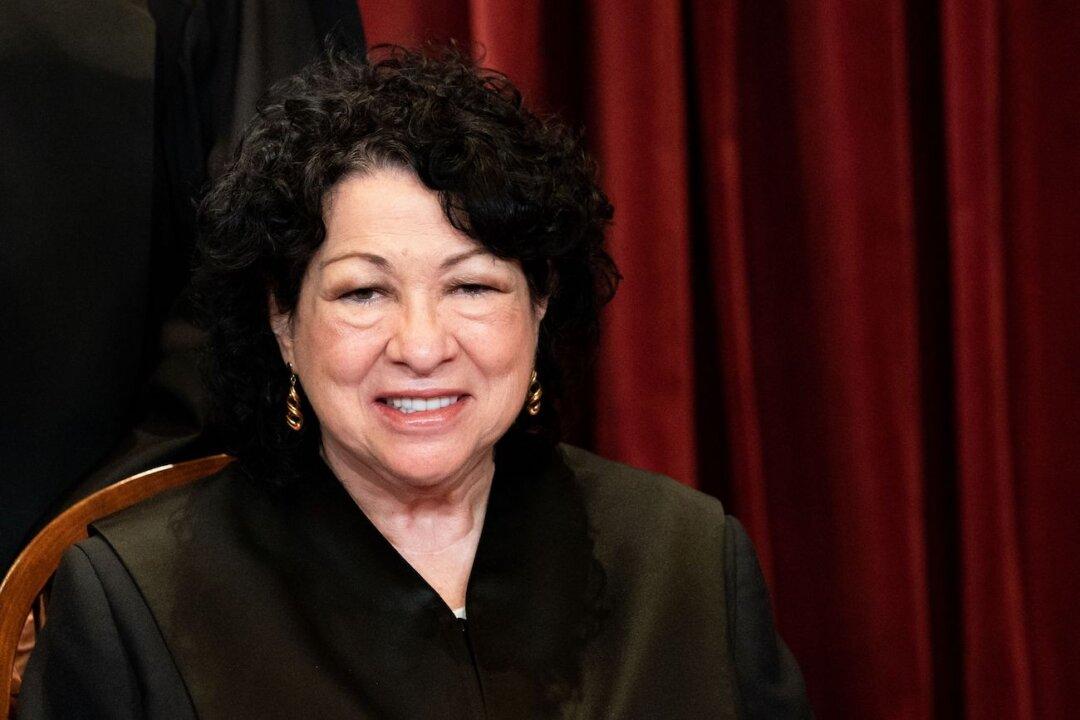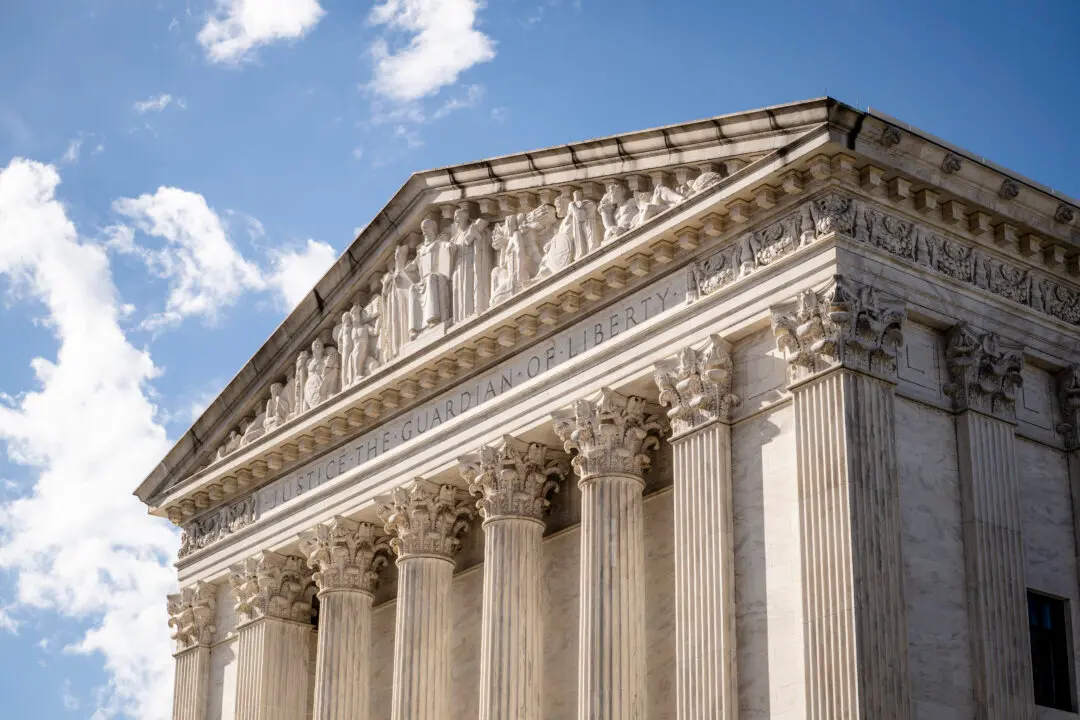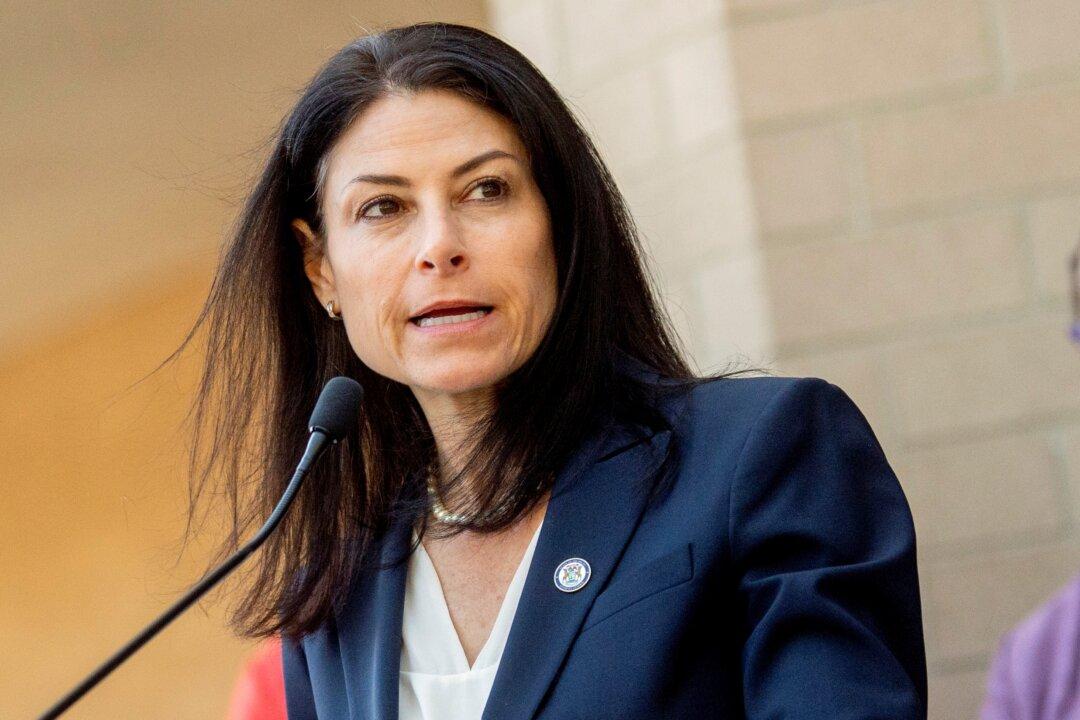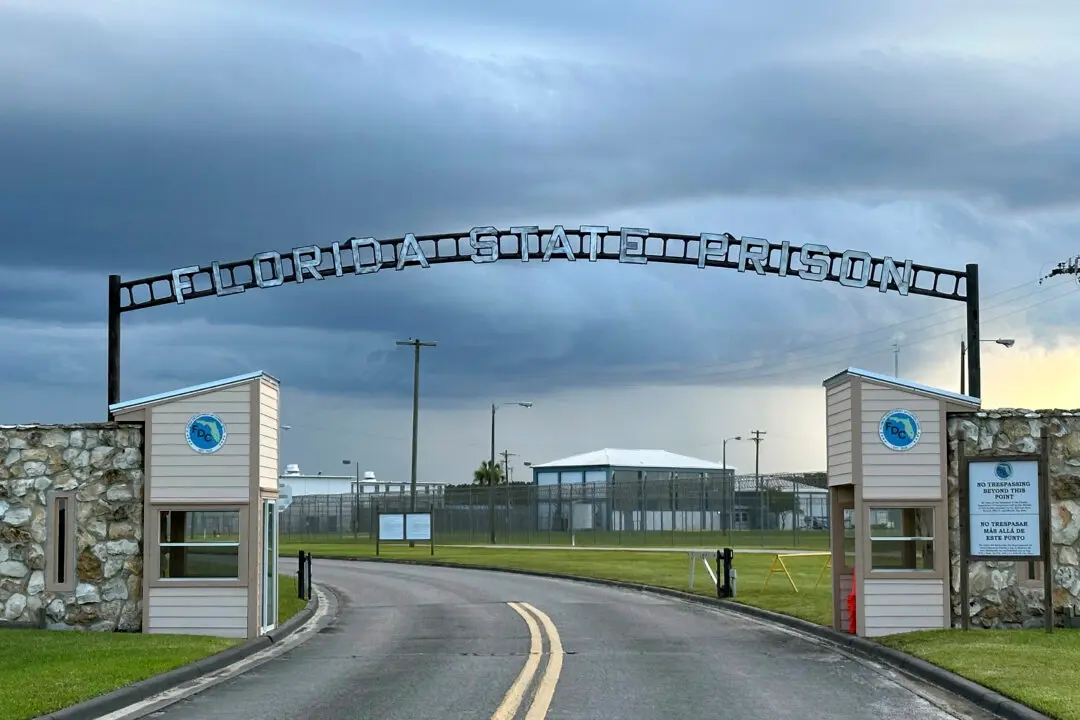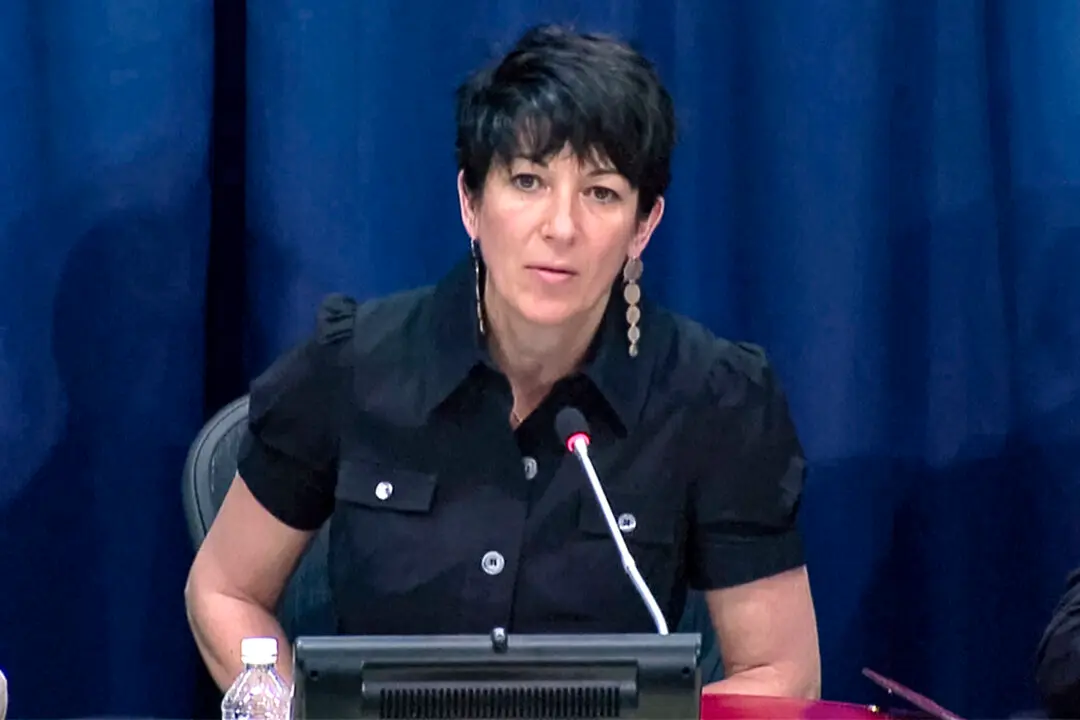When Congress boosted bankruptcy fees but exempted filers in Alabama and North Carolina from the higher fees, it violated a uniformity requirement in the U.S. Constitution, the Supreme Court ruled unanimously on June 6.
The 19-page court opinion (pdf) in Siegel v. Fitzgerald, court file 21-441, was written by Justice Sonia Sotomayor. Oral arguments in the case were heard on April 18.
